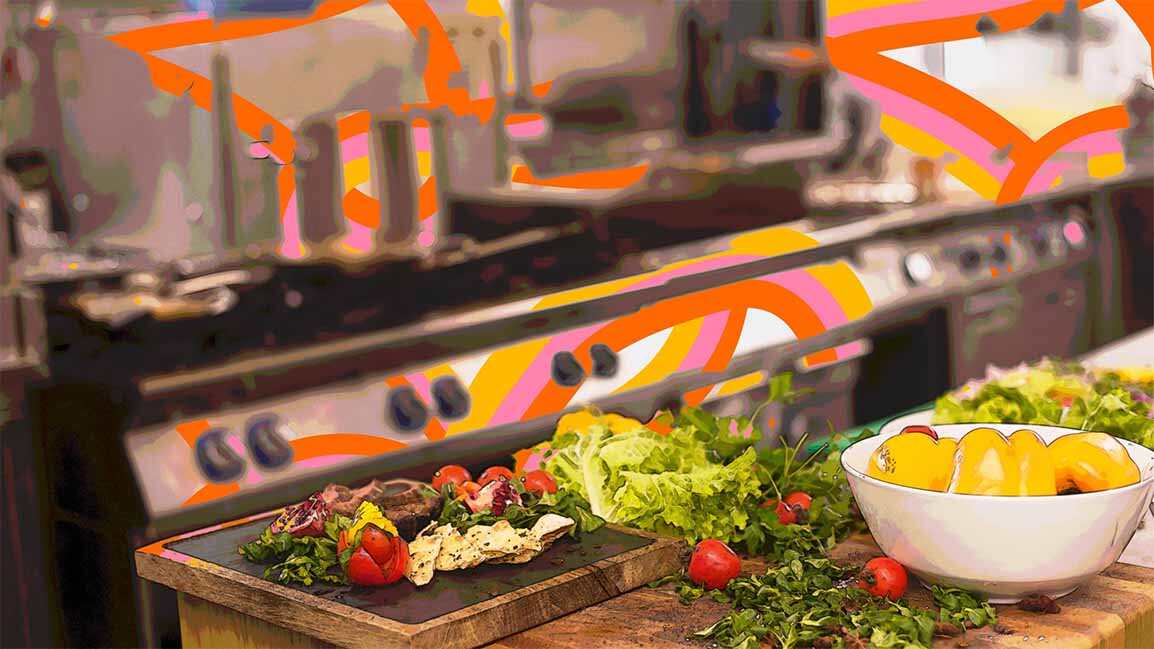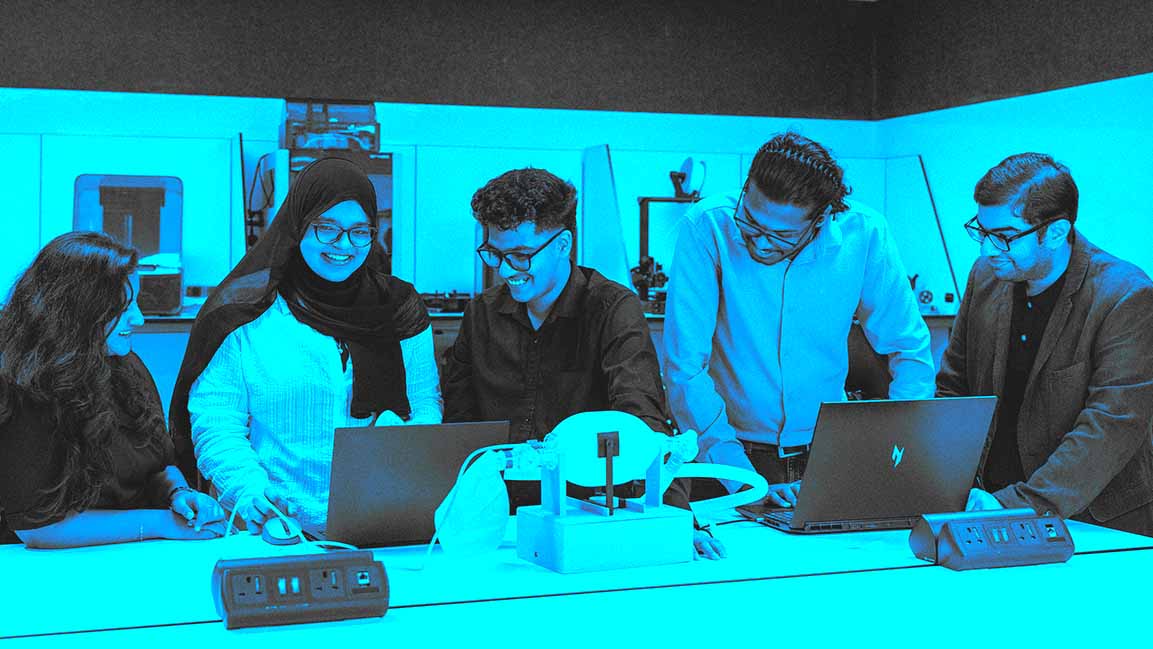- | 9:00 am
Here’s why more UAE restaurants are opting for homegrown fruits and vegetables
Fresher ingredients and a lower carbon footprint are some of the selling points. But can local farms keep up with demand?

Can restaurants be forces of good? They can be. Good food can be more than filing a belly – it can also make a difference in local farming. From humble local family restaurants to cafes, with healthy food firmly on the menu, there’s a new wave of using fresh, local produce.
There was a time when the UAE was synonymous with an “import only” culture. There are good reasons for this – the country has high temperatures, lacks arable land, and high food production costs.
And yet a certain change has started to take root over the last few years. Traditional and hydroponic farms have been popping up all over the country. Homegrown produce has become a mainstay in local stores. Farmer’s markets like Ripe have made organic fruits and vegetables easily accessible. Last year, Carrefour even launched an in-house hydroponic farm in a Dubai store.
MENUS MADE AROUND LOCAL INGREDIENTS
It’s only natural that UAE’s best restaurants and brands have started to notice. One new entrant is Harvest & Co, which opened in Dubai Garden Centre earlier this year. A product of EatX (formerly Bull & Roo), it considers itself Dubai’s answer to a true farm-to-table restaurant.
“It features a menu with predominantly local ingredients,” says David Dougall, Harvest & Co marketing manager. “The point is to see what ingredients are out there and what we can make with them instead of conceptualizing a dish and then looking for ingredients to match.”
The result is a small but well-thought-out menu comprising freshly-baked goods, breakfast items, and smoothies.
With sizable ingredients sourced within the country, Dougall says supply has been stable. “Every three to four months, we review the ingredients we’re receiving and take stock of what’s in high supply and what we’re struggling with. If something is ‘in’ this season, we look at theming a dish around it.”
“Take, for example, our acai bowls with fruits like cantaloupe and watermelon. A lot of customers are surprised that these are grown locally.”
There are other perks of using local ingredients. “For a lot of chefs, having face-to-face conversations with the supplier is everything,” says Dougall
“Add that to the fact that everything is freshly picked instead of flown in. And then it’s also about the sustainability factor. If you can source ingredients locally, you really should be.”
Harvest & Co isn’t the first restaurant to realize it. During Expo 2020, Alif Cafe was launched as a farm-to-table concept that used local produce to create dishes from the Silk Road. In 2021, Atlantis The Palm launched the Atlas project to introduce local menus in many restaurants. Cassette, Boca, and Lowe are some other restaurants championing homegrown produce in Dubai.
2021 also saw Hilton launch its “Growth of the UAE menu,” which used local ingredients to create Middle Eastern dishes that were then available at 17 Hilton hotels around the country for a limited time.
There were many reasons behind this initiative, says Emma Banks, Vice President, F&B Strategy & Development, EMEA, Hilton. “Choosing to buy these ingredients supports local farmers and the local economy, provides food security, and contributes to a lower carbon footprint.”
“Additionally, using these ingredients offers a fantastic culinary experience,” she says. “The reaction from diners has been resoundingly positive, with many comments on the ingredients’ freshness and depth of flavor. This feedback highlights that cooking with locally-grown ingredients offers an unforgettable gastronomic experience.”
GROWING APPETITE FOR LOCAL PRODUCE
Hilton partnered with Fresh on Table to procure local ingredients at such a scale, an agritech company that connects farms to businesses.
“Fresh on Table provides the last-mile solution to local farms and provides timely delivery to hotels which is key from a commercial perspective,” explains Banks.
Fresh on Table has been seeing stupendous growth since its 2019 launch. “We started our journey with approximately ten farms and have grown to source from more than 70 farms individually and gained access to 17,000 farms through Silal Abu Dhabi,” says Atul Chopra, Fresh on Table founder and CEO.
They’ve worked with over 250 hotels and fine dining restaurants, including Hyatt Group, Jumeirah, Rotana, Bateel, and Maine.
“For years, the UAE depended heavily on imports. But the pandemic has shown us how fragile the nature of import is,” says Chopra.
“The expansion of the agricultural environment in the UAE has increased the confidence of the industry to start sourcing locally, and we are constantly seeing an increase in demand.”
While Fresh on Table connects farms to hotels and businesses, Food Crowd is a new entrant that caters directly to UAE residents. Starting in 2021, the online grocery platform offers a wide range of locally grown and manufactured products delivered directly to customers’ doorsteps.
“Buying locally has numerous tangible outcomes. It improves economies, with long-lasting benefits for businesses and people’s welfare,” says Soula Baroudi, head of ecommerce and marketing at Food Crowd.
The perks of UAE-grown fruits and vegetables are obvious: they’re fresher, save on carbon footprint, increase food security, encourage food safety and accountability, and support the local community.
ADAPTING TO DESERT CLIMATE
But there are still several challenges to growing crops in a desert.
Nikita Patel, the founder of Oasis Greens, a hydroponic farm in Dubai, says the biggest one is the high energy cost.
“Everything from the light to the temperature requires a controlled system, so the highest cost is energy. It is expensive,” says Patel.
While Oasis Greens has tackled the issue by putting solar panels on the farm, which reduces the cost by 40 to 60%, many other farms can’t afford to do the same. This can lead to homegrown produce being more expensive than imported varieties.
“The cost of local produce may have been a concern,” says Banks. “But as the sector grows and companies make large orders of local produce, local farms are becoming more commercially viable and can price more products effectively.”
Chopra adds that even if local prices are competitive, many businesses are willing to absorb higher costs for the greater good. “Businesses are becoming more self-conscious of their responsibility towards the community, the environment, and the country,” he says.
PLANTING THE SEEDS OF A GREENER FUTURE
However, even with this solution, homegrown produce still has limitations. Some products make sense to grow within the region, mostly those that are highly perishable. “Leafy greens, micro herbs, tomatoes, and peppers are some examples,” says Patel.
“But some things are not cost-effective to produce in the Middle East. Rice, for example, or most root vegetables. We have to learn to balance cost-effectiveness and practicality to find a solution to food security,” she adds.
So, what does the future of the industry look like?
“There needs to be more investment to support the agriculture ecosystem in the UAE. It’s a niche industry and still in development. But I know agriculture in the Middle East is here to stay,” says Patel.
Chopra agrees. “The region has firmly established itself as a gastronomic hub boasting the presence of global culinary brands and chefs. At this rate, we are looking at a future where utilizing local produce in the F&B sector becomes the new normal as percentages of imports and exports shift drastically.”








































